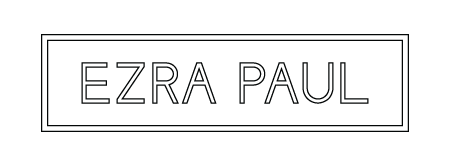
This is the second in a running blog series on the construction of suits at various price-points. In the last post, I dissected a Jos. A. Bank suit at $500 and exposed its innards. Too keep this post brief, I am not going to delve into the same detail that I did in the previous post, so if you are yearning for more info, please refer back to that one.
For this week's edition, I took apart a $1,500 Z Zegna suit to find out what's going on inside. Z Zegna is a slimmer and less expensive line from parent company Ermenegildo Zegna, geared for a younger crowd.
At $1,500, this suit is not what most people would deem inexpensive, however it's less than half the price of Zegna's main line, so "expensive" is relative. As I discussed in the previous entry, the price of a suit is based on these four factors for the most part:
- Fabric
- Fabrication
- Country of origin
- Prestige
In this case, the fabric is decent quality, but it's definitely inferior to the those used by E. Zegna. The suit is manufactured in Mexico instead of Italy/Switzerland and, as with any second line, Z Zegna is less prestigious than its counterpart. These three factors contribute to the lower price point, but without taking apart the jacket, it is hard to know for sure how it's fabricated. So let's take a look:

Before I took apart the jacket, I expected that it would likely be fused with some canvassing in the chest, given that designer suits under $3,000 are seldom fully-canvassed. What I didn't expect was how similar it would be to the considerably less expensive Jos. A. Bank jacket:

It was so similar in fact, that I was able to copy and paste the notes from one picture to another with no adjustments other than notating the little bit of taping on the front seam near the buttonholes (calling it taping might be a stretch since it is paper thin), which is a very minor difference.
So if the construction is comparable, why is the Z Zegna $1000 more than the Jos. A. Bank? Going back to the four factors outlined above, it should be either fabric, country of origin, or prestige. The difference in price between relatively inexpensive fabrics is nominal, probably no more than $20 total. With regard to country of origin, I'm sure arguments can be made that Mexico is a more expensive place to manufacture than Thailand, but I doubt it's significant. Certainly not $1000 different. That leaves prestige. Z Zegna suits are sold at high-end retailers like Saks and Barney's and the fit is more fashion forward than Jos. A. Bank. Combined with the Zegna name and I'd bet the farm this is where the price difference comes from.
Check out the other installments in this series:

Quite inspiring.